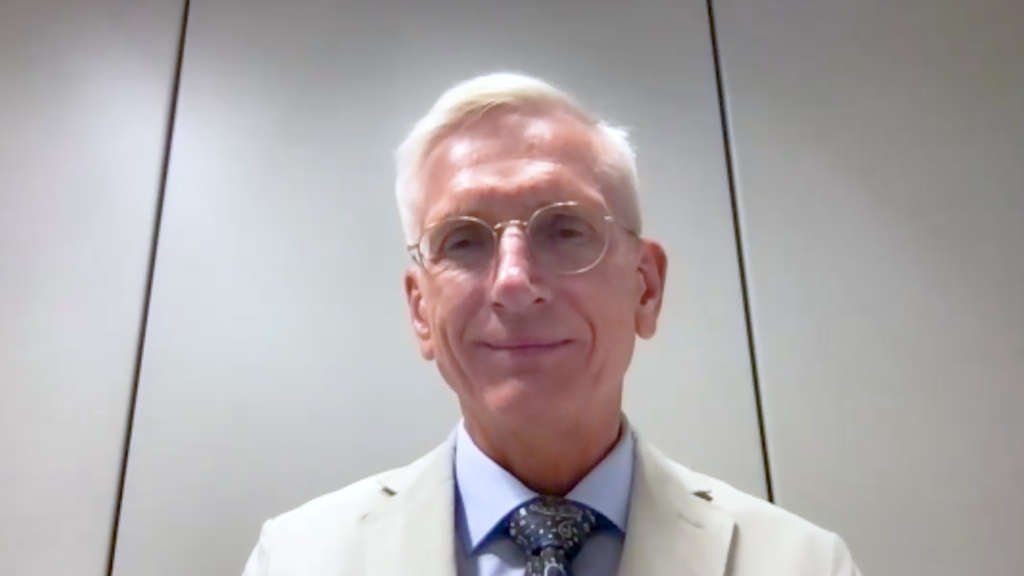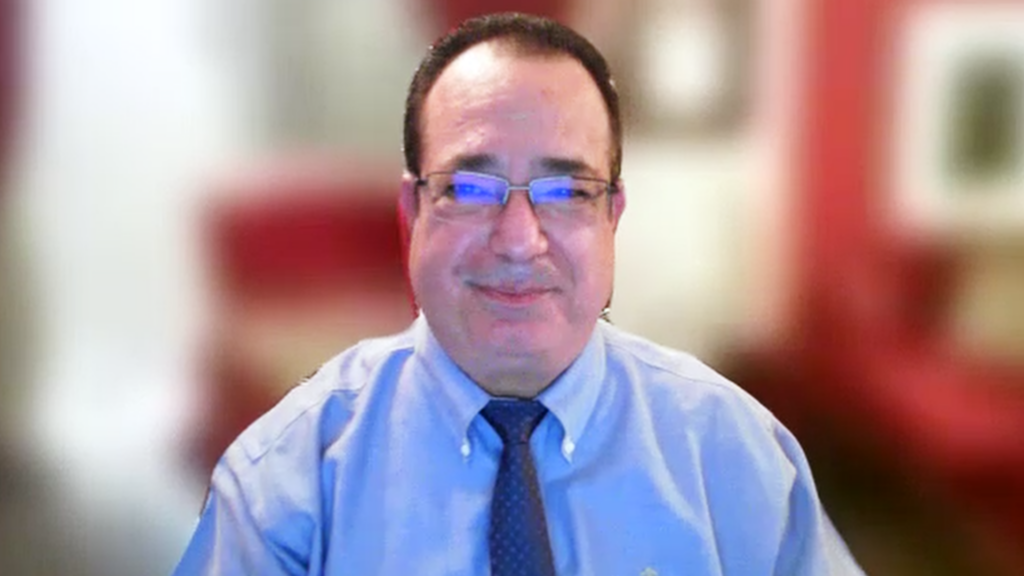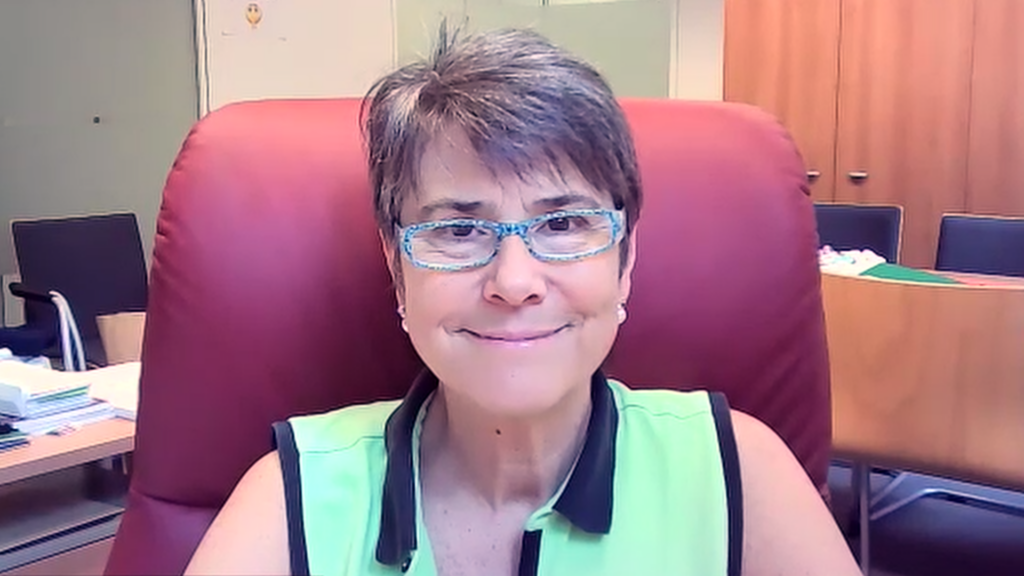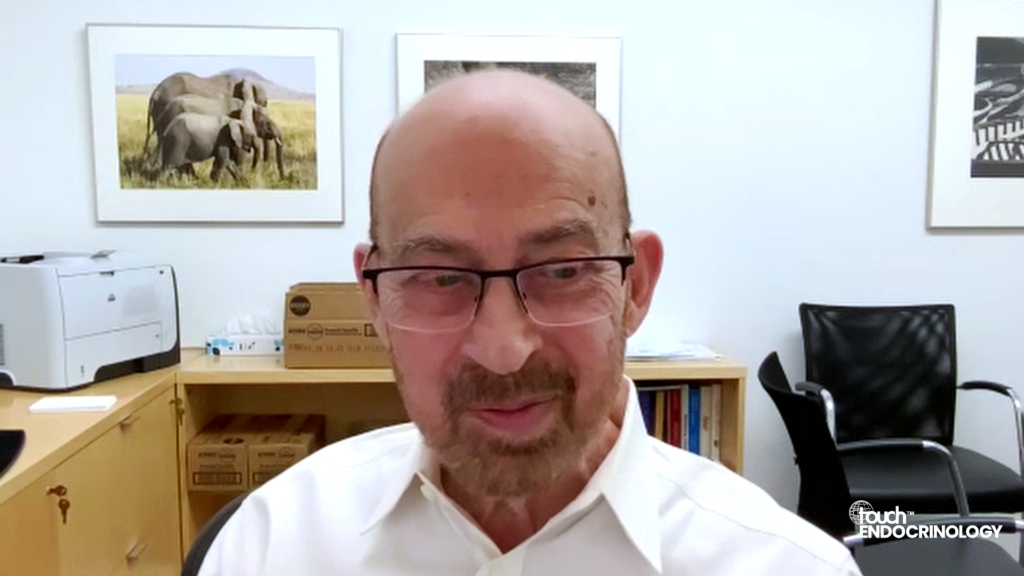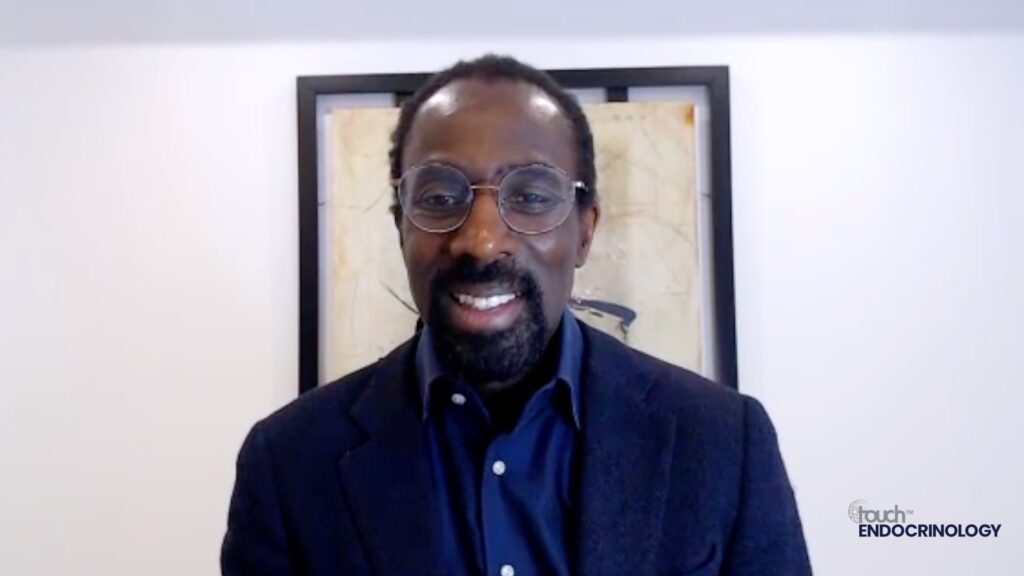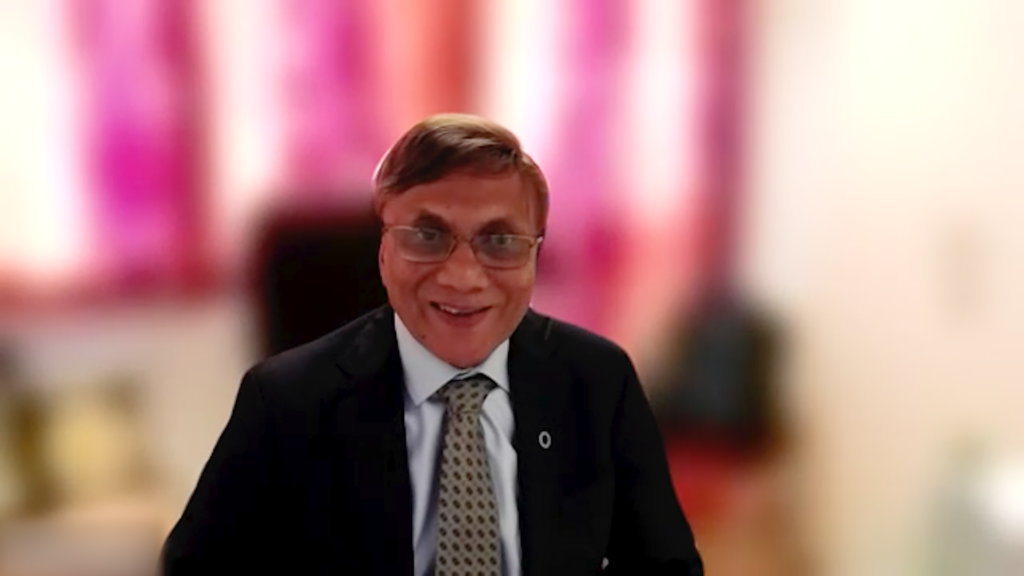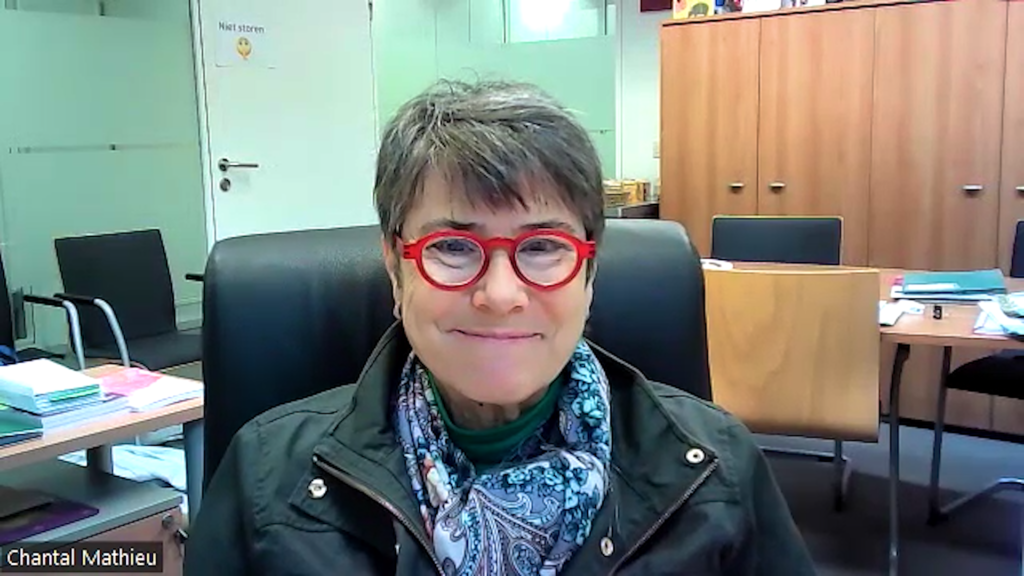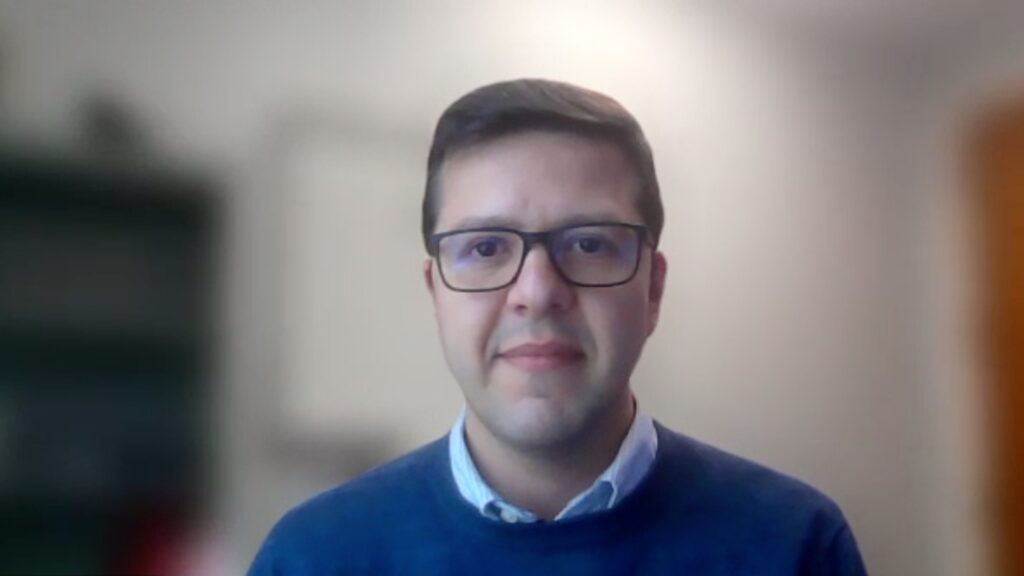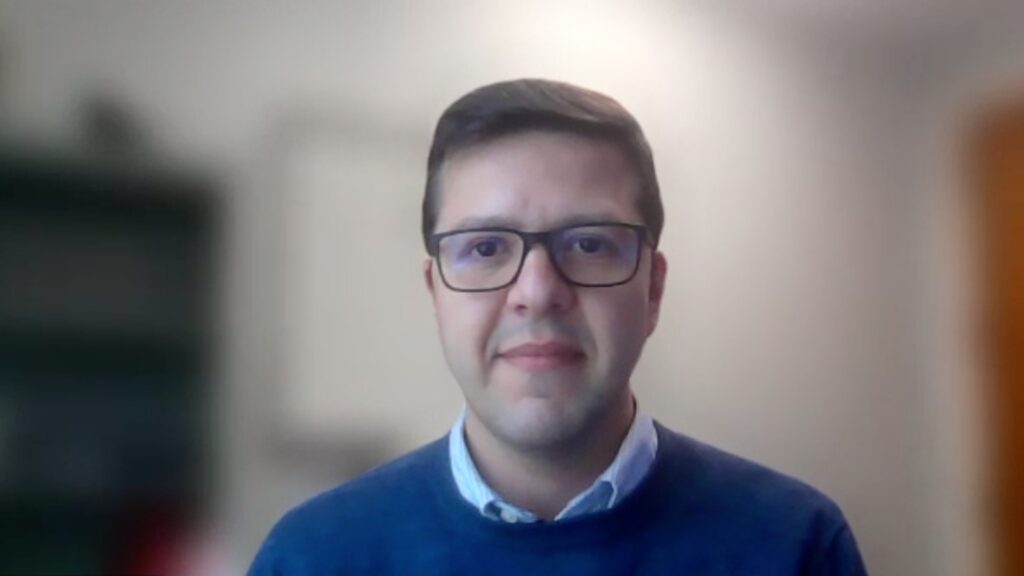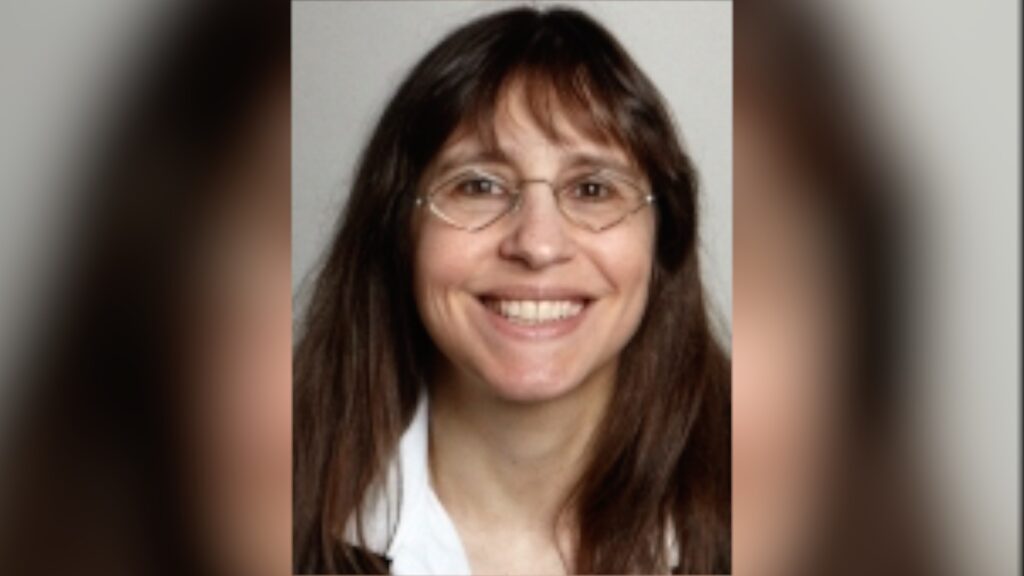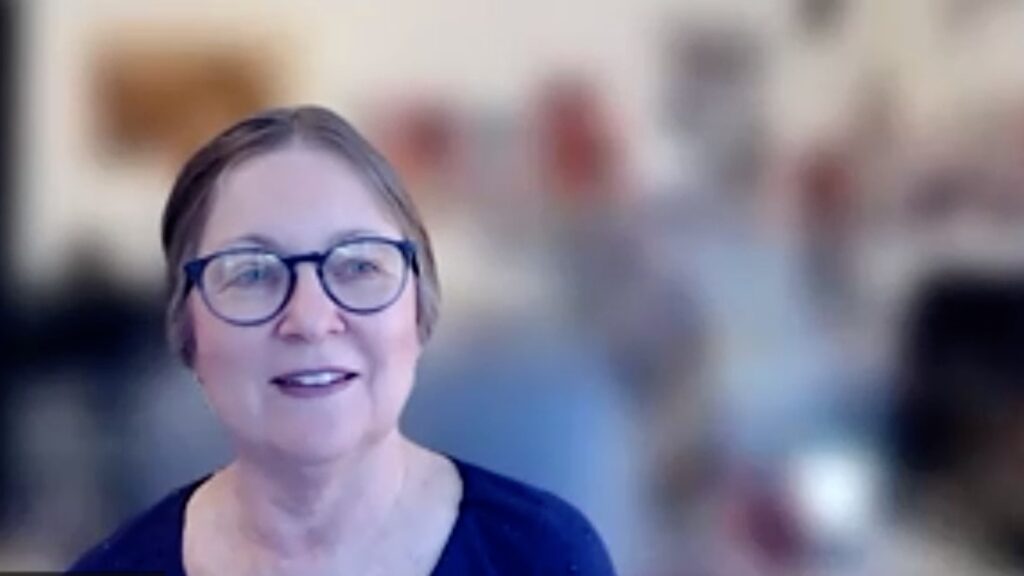TouchENDOCRINOLOGY coverage from EASD 2024:
After yet another successful congress, who better to reflect on the highlights than the current EASD President, Prof. Chantal Mathieu? In this interview, we explore the packed agenda, discussing everything from the prestigious prize lectures to ground-breaking research.
We explore some of the most exciting data presented, including advancements in long-acting insulins, novel technologies and islet transplantation. We also touch on pivotal type 1 diabetes research (T1D), and a crucial call to action for addressing cardiovascular comorbidities in this patient population.
Looking to the future, we discuss early screening for T1D, efforts to halt beta cell destruction, and a unique session titled The Sky is the Limit, which covered flying with diabetes—whether as a passenger or a pilot.
This congress truly brought together a diverse global community, spanning various specialties and career stages and marks another remarkable event in the field of diabetes.
Questions:
- What was the theme behind this year’s congress?
- What were the standout moments for you at this year’s meeting?
- What goals are the EASD focusing on in the coming year?
Disclosures: Prof. Chantal Mathieu discloses serving on advisory boards for NovoNordisk, Sanofi, Eli Lilly and Company, Novartis, Boehringer Ingelheim, Bayer, Roche, Medtronic, Insulet, Biomea Fusion, SAB Bio and Vertex.
This content has been developed independently by Touch Medical Media for touchENDOCRINOLOGY. It is not affiliated with the European Association for the Study of Diabetes (EASD). Unapproved products or unapproved uses of approved products may be discussed by the faculty; these situations may reflect the approval status in one or more jurisdictions. No endorsement of unapproved products or unapproved uses is either made or implied by mention of these products or uses by Touch Medical Media or any sponsor. Views expressed are the speaker’s own and do not necessarily reflect the views of Touch Medical Media.
Transcript:
Hello. I’m, Chantal Mathieu. I’m an Endocrinologist in, Leuven, Belgium, and I am the president of the European Association for the Study of Diabetes, EASD.
Q: What was the theme behind this year’s congress?
Well, there’s never a real theme for our annual meeting. But, perhaps this year there was because it was the 60th anniversary of the annual meetings of the EASD. And so, it was all really about reflecting about the past, looking at the present, but all but also looking at the future. And so when looking back on, where it started, a group of, researchers in Europe, wanting to have a platform to work together when it comes to the study of diabetes, it has now become a global organization, bringing together basic translational clinical researchers, clinicians in the domain of diabetes, both academic and industry. And what has become also quite important is the voice of those living with diabetes, the lived experience that we have now as EASD officially acknowledged by, commissioning, an organization called dedoc°, the dedoc° voices, to, provide us with, lived experience in most things that EASD does ranging from our education activities, the topics in our annual meeting, up to the writing of guidelines that has, also started in the EASD.
So, no real theme except that it was now really the biggest, meeting, in the domain of diabetes globally. We had over 12,500 people registered of whom, just shy of, 12,000 were, face-to-face, present in Madrid.
And, we were lucky with the weather. We had sunshine. There were palm trees. It was an excellent venue. And so the buzz was a very positive one. People were very enthusiastic and really, how can I say it, pumped to work on, on diabetes and, you know, advance our insights in all things diabetes.
Q: What were the standout moments for you at this year’s meeting?
I always, ask not to touch the prize lectures. And so EASD gives, different prizes for excellence in, the study of diabetes. And, again, this year, we had five outstanding, prize lectures ranging from the Claude Bernard lecture given by Prof. Roy Taylor from Newcastle on the importance of, and the impact of, diet, exercise, but especially, weight loss upon reversal of type 2 diabetes. It was I mean, he’s an excellent teacher, and, people were hanging on his lips. It was amazing to see the full 2,000 people, two overflow rooms all full listening to him, so that was quite impressive. And then we had our, prizes, Albert Renold, on pathophysiology of the beta cell with Prof. Lori Sussel from the US, nicely describing top basic research on understanding what makes a beta cell a beta cell, and what makes an alpha cell an alpha cell, and how this can change in diabetes. And, again, an excellent teacher, Prof. Rodica Pop-Busui again, from the US receiving the, Camillo Golgi award, on, complications in diabetes, dwelling on, the EDIC study after the DCCT, and especially diving into, neuropathy in diabetes. Excellent clinical research.
And then we had one of my favourites. It’s the Minkowski award to individuals under the age of 45. Where this year, we had a Elisa De Franco, from Exeter in the UK. She is the person who has discovered most genes in monogenic diabetes. And so, again, very basic research on genes, being brought in a clinically relevant way with examples of real people, and how this discovery of new genes in monogenic diabetes really changed people’s lives. And so that was also one ofthe excellent lectures. And then, of course, the Novo Nordisk Foundation Prize of Excellence to Prof.Juleen Zierath, one of our ex-presidents of EASD for her outstanding work on the role of the muscle and exercise in understanding the physiology and pathophysiology of insulin resistance.
So the prize lectures are always my favourite, but I we had so much topics of interest this year. Again, more presentations on once-weekly insulins with the QUINT program of FacTors first reporting, a lot of, reports on novel technologies, CGM in type 2 diabetes, hybrid closed-loop systems, islet transplantation, late-breaking abstracts on the, on the Vertex [pharmaceuticals] data where I was involved in people receiving islets derived from, embryonic stem cells, under immune suppression, but still showing that these islets work. And then, of course, the the plethora of presentations on incretin-based therapies. And, what I also thought interesting was a lot of type 1, based research being presented, a lot of talks on the importance of cardiovascular complications in people with type 1 diabetes, where we, as clinicians, are, of course, frustrated that we have, no on label use for SGLT inhibitors, no on label use for GLP-1 receptor agonists. So we’re quite frustrated there. And, again, it was like a call to action, by the T1D community that we need these agents because, you know the enormous problem of cardiovascular complications.Did you know that heart failure in type one is even more prevalent than heart failure in type 2? So, yeah, really a call to action. And then there were more future oriented talks like, screening for type 1 diabetes, so early diagnosis of T1D that has now really come to the forefront.
We had, talks. Also, a lot of industry attention, to this early diagnosis of, of T1D. Also glimpses of disease-modifying therapies able to arrest the progression of beta cell destruction.And then some, you know, what I call more exotic talks. We had a symposium called The Sky is the Limit. I chaired that one. And it was about, flying with diabetes as a passenger, what the hybrid closedloop systems do, what pumps do when you are in a, in a commercial flight. But also the whole discussion on should pilots with you know, should people with t one d be allowed to become pilots? So there, I am part of a project commissioned by the European Aviation Safety, born, the EASA, on exactly that question, you know, where we are testing how sensors behave, how pumps behave, and what these implications for pilots are. So, what was also special is that I chaired it together with a person with diabetes who is a pilot, who is a test pilot. So it was such a novel concept this year as, in EASD.
Q. What sets this year’s congress apart from previous years?
I’m extremely proud as President and very grateful to, Prof. Tina Vilsbøll, who is our, Program Director, if I may call it that way, our honorary secretary.
I think she and the program committee put together an amazing, conference. I was so pleasantly surprised that we had such a big attendance of young people. Of course, I’m now past my sixites so everybody becomes young. But still, as so many students, so many young investigators, and I think the creation of the Early Career Academy, by EASD was very important.
And, they really have a voice now. There a representation in our board. There’s a representation of the young people in the program committee. And I think that’s what perhaps is, you know, changing the look and feel of this annual meeting. So, I hope that also next year, we will have so many, and even more, young people, participating in research in diabetes and attending our annual meeting.
Q3. What goals are the EASD focusing on in the coming year?
Yeah. It’s, of course, very difficult when you come out of a very successful annual meeting where all the stars seem to be aligned. There were, you know, people from more than 130 countries all over the world. It really had a global feel.
There were basic researchers. There were, clinicians. You know, the whole span was there. There were many people, many excellent presentations.
So where will it go next year? I would hope to follow the same optimistic buzz, you know, invigorating, people to go home and do more excellent research and and do well for their patients as clinicians.
We would hope that we would have some really breaking clinical trial results coming our way.
So, we are in negotiation with big trials that we know will read out somewhere around that time.
So, I hope to have more of the same and even better, next year in Vienna. It will be 15-19 of September, in Vienna. I hope the weather will be clement. So, it’s it’s a very nice, convention centre. So I’m confident that we will be able to do as good as and even better than in Madrid.
Interviewer/Editor: Gina Furnival
Cite: Mathieu C. Celebrating 60 years: Standout moments from EASD 2024. touchENDOCRINOLOGY. September 19, 2024.


